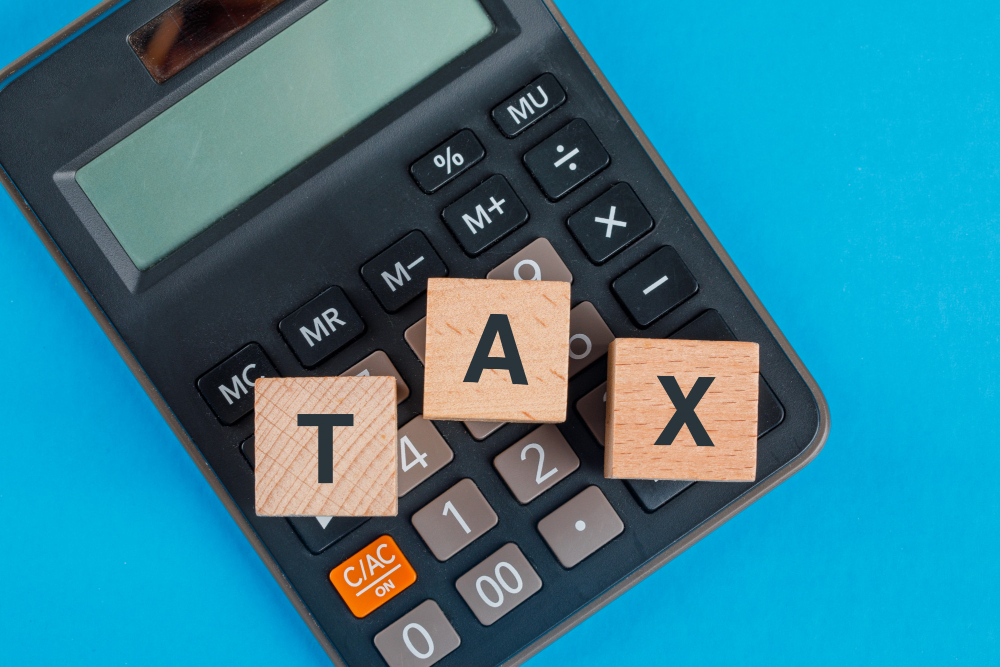Indo-Mauritius Tax Treaty Amendment: Addressing Missing Pieces in the Jigsaw
[By Aayush Ambasht & Param Kailash] The authors are students of Symbiosis Law School, Pune. Introduction On March 7, 2024, corporate entities stood to witness an extensive development in the Indo-Mauritius Tax Treaty, with an amendment to its preamble and the introduction of the Principal Purpose Test (PPT), implying the requirement for tax authorities to look beyond ‘Tax Residency Certificates’ produced before them by investors from Mauritius. In essence, the treaty aims to touch two primary objectives: the introduction of the Principal Purpose Test and alignment of the Indo-Mauritius Tax Treaty with the Base Erosion and Profit Shifting (BEPS) rights package put forth by the Organisation for Economic Co-operation and Development. This piece seeks to provide deductions and key takeaways from the introduction of the PPT, potential implications to the money markets associated, as well as unaddressed concerns regarding the nature of investment discipline of the Foreign Portfolio Investor (FPI) landscape in corporate India. Brief Background On May 10, 2016, the amendment to the Indo-Mauritius DTAA brought about a degree of fine-tuning of the source country taxation, which paves a way for the inclusion of the Limitations of Benefits clause. This was followed by a 2017 press release allowing for the grandfathering of the agreement as well as ensuring standards applicable for future investors. Unlike the 2024 amendment, a 2017 press release by Mauritius clarified concerns regarding the inculcation and implementation of the BEPS minimum standards, by holding the matter to be an item of bilateral discussion between countries. However, deviating from the given stance, the Indo-Mauritius DTAA by way of amendment on March 7, 2024 (which got available to the public on April 11, 2024) chose to align the treaty in lines with OECD proposals concerning the BEPS, with specific emphasis on the introduction of the Principal Purpose Test (PPT). Key Takeaways from the Amendment Article 1 – Revision of the Indo-Mauritius DTAA The binding nature of the Preamble of the Indo-Mauritius treaty stands revised following the amendment by omitting the phrase “for the purpose of mutual trade and investment” and replacing it by “without creating opportunities for non-taxation or reduced taxation through tax evasion or avoidance.” Through this development, an earnest attempt to delineate tax evasion vis-à-vis avoidance by way of treaty-shopping arrangements and indirect benefits of residents based out of foreign jurisdictions has been made. Article 27B – Alignment with the Principle Purpose Test Recognizing the pulse of “entitlement to benefits” in line with the “Principle Purpose Test” provided under Article 7 of the MLI for Prevention of Treaty Abuse, benefits accruing out of an item of income with the principle purpose of the transaction or arrangement which may have resulted in such a benefit; shall not be granted unless it is in accordance with the objects or purpose of the Indo-Mauritius Convention. As an objective driven move, bridging the opacity between both monetary and non-monetary benefits basis the PPT has been sought. This shall minimize possible defaults and unregulated returns beyond the scope of the prescribed business purpose/commercial structure. Taxation of Capital Gains As far as capital gains for Indian investments parked through the Mauritius route subject to the 2016 amendment are concerned, capital gains earned by a tax resident of Mauritius on sale of shares of an Indian company were not taxable in India. This exemption had been withdrawn for benefits arising from sale of shares of an Indian company acquired by a Mauritian resident after March 31, 2017. Therefore, investments made prior to April 1, 2017 were grandfathered and sale of such grandfathered shares continued to benefit from the capital gains tax exemption under the tax treaty regardless of when such shares would be sold. Keeping in mind the amendment at hand, moving the needle on fiscal evasion of taxes on capital gains and income before or after the effective date of this amendment would be privy to the PPT. This would ensure an imposition of a requisite litmus test given the complexities of grandfathering of shares and computation of capital gains on such equity variables. Analysis and Industry Implications for Indo-Mauritius Money Markets A shift from the golden age of the Indo-Mauritius tax treaty where capital gains tax was effectively never paid merely by channelling money through Mauritius, demanded intervention from the government. The significance of the tax treaty and the pertinent role Mauritius has played in the Foreign Portfolio Investor (FPI) landscape in India stands under question through the introduction of the Principal Purpose Test. With a cursory construction of the PPT, the tax treaty is pivoted towards falling in line with Action 6 of the Inclusive Framework on Base Erosion and Profit Shifting (BEPS), with the framework calling for the establishment of a minimum standard to prevent treaty shopping, thereby furnishing a commitment on behalf of both India and Mauritius Governments to eliminate opportunities for double taxation or tax evasion. While the test mentions about “non-taxation” and “reduced taxation,” more clarity on this conjoint adage must align with mutual benefits without deviating from the prescribed investment route between the two countries. Further, the question of the grandfathering effect of the treaty also comes into the equation, considering the treaty shall be effective from the date of its entry into force, with no regard concerning the dates during which the taxes were levied or the taxable years the said taxes are concerned with. The ambiguous nature of the protocol calls for challenges arising from investments made prior to the 2017 amendment, keeping in mind the retroactive applicability of the PPT. Pursuant to this challenge, the grunt of regulatory blanks for transactional structures involving the direct or indirect sale of shares, movable assets, immovable assets and family trust funds; challenges shall be faced by investors and the tax authorities of the respective countries arising from its application. To summarize, the retroactive nature of the PPT calls for challenges arising, not only concerning potential fresh investments from Mauritius, but also existing historical structures, sheltered by tax benefits under the grandfathering treaty, thereby leading
Indo-Mauritius Tax Treaty Amendment: Addressing Missing Pieces in the Jigsaw Read More »









